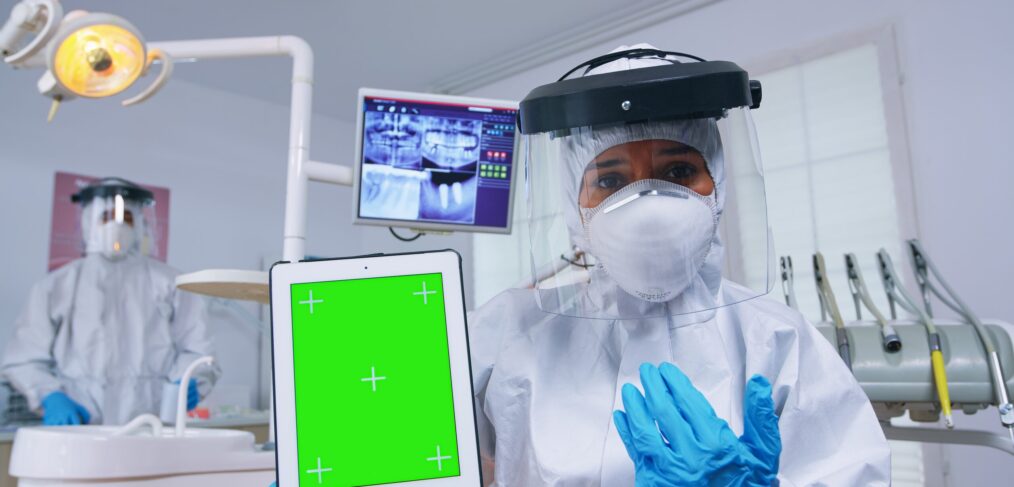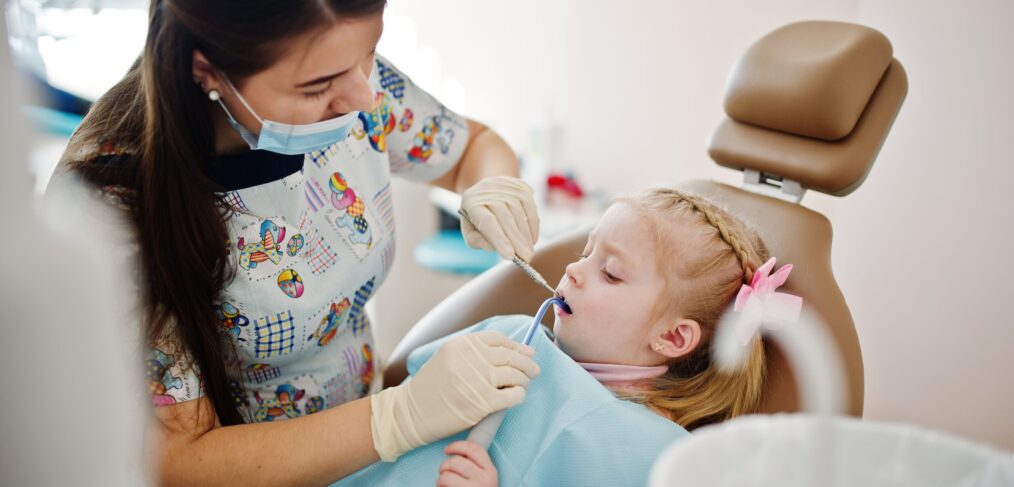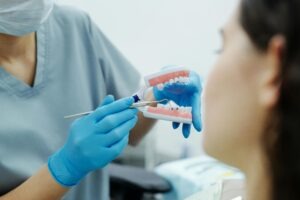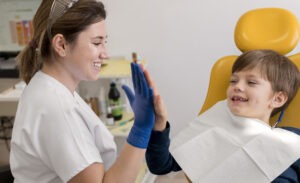How orthodontic treatments can address speech issues caused by dental misalignments and improve communication Bee Cave Orthodontics – Austin Texas

When we think about orthodontics, the first things that usually come to mind are braces, straight teeth, and beautiful smiles. However, there’s another vital aspect that often goes unnoticed: the connection between orthodontics and speech issues. In Austin, Texas, where the charm of southern hospitality meets a vibrant arts scene, it’s essential to understand how orthodontic treatments can significantly impact speech and communication.
The Role of Dental Alignment in Speech
Speech is a complex process involving the coordination of various oral structures, including the tongue, lips, teeth, and jaw. Any misalignment in these structures can lead to speech difficulties. Conditions such as overbites, underbites, and gaps between teeth can affect how sounds are produced, resulting in articulation problems. For instance, a person with an overbite may struggle to pronounce certain consonants, leading to unclear speech.
Orthodontic treatment aims to correct these misalignments, which can lead to improved clarity and articulation. By addressing issues related to tooth and jaw alignment, orthodontists help patients achieve not only aesthetically pleasing smiles but also clearer communication.
Common Speech Issues Linked to Orthodontic Problems
In Austin, many residents may not realize that certain speech issues can be linked to orthodontic problems. Here are some common issues that can arise:
- Lisping: A lisp occurs when the tongue protrudes between the teeth while speaking, affecting the pronunciation of “s” and “z” sounds. This can be exacerbated by gaps or misaligned teeth.
- Difficulty with “S” and “Z” Sounds: Misalignment of the teeth can hinder proper airflow and tongue positioning, leading to difficulty producing these sounds.
- Articulation Disorders: Individuals with orthodontic issues may experience challenges in articulating specific sounds due to the physical constraints of their teeth and jaw.
- Voice Quality: An improper bite can also affect the resonance of the voice, leading to a less than optimal sound quality.
How Orthodontics Can Help
In Austin, Texas, many orthodontists specialize in understanding the interplay between dental health and speech. Here’s how orthodontic treatment can help address speech issues:
- Braces and Aligners: Traditional braces and clear aligners like Invisalign can gradually shift teeth into their correct positions, allowing for better tongue placement and airflow. This adjustment can lead to significant improvements in speech clarity.
- Expanding the Jaw: For patients with narrow jaws, orthodontic devices can widen the dental arch. This expansion creates more space for the tongue, enhancing articulation and overall speech quality.
- Retention after Treatment: After orthodontic treatment, retainers help maintain the new alignment of teeth. Consistent use of retainers can prevent speech issues from resurfacing.
- Collaboration with Speech Therapists: In some cases, orthodontists in Austin may collaborate with speech therapists to create a comprehensive treatment plan. This collaboration ensures that both dental and speech-related needs are addressed, promoting overall communication improvement.
The Importance of Early Intervention
Early intervention is key when it comes to addressing speech issues related to orthodontic problems. Children in Austin who display signs of speech difficulties should be evaluated by both an orthodontist and a speech-language pathologist. Early assessment can lead to timely orthodontic treatment, which can have a profound impact on a child’s ability to communicate effectively.
Many orthodontists recommend that children have their first orthodontic evaluation by age seven. This proactive approach allows for the early detection of potential issues that could affect speech. By monitoring dental growth and alignment, orthodontists can devise a treatment plan that addresses both dental aesthetics and speech clarity.
The Psychological Benefits
Beyond the physical benefits of orthodontic treatment, addressing speech issues can lead to significant psychological improvements. Children and adults alike who experience speech difficulties often feel self-conscious about their communication abilities. This self-consciousness can affect social interactions and overall confidence.
By improving speech through orthodontics, individuals can experience a boost in self-esteem. Clearer communication allows for better social interactions, leading to improved relationships and opportunities, both personally and professionally. In Austin’s diverse community, effective communication is essential for building connections and fostering relationships.
Choosing the Right Orthodontist
If you or your child is experiencing speech issues linked to dental alignment, it’s essential to consult an experienced orthodontist in Austin, Texas. Look for professionals who prioritize not just aesthetics but also functional outcomes. A thorough assessment of your oral health and alignment can provide insights into how orthodontic treatment can improve your speech.
When selecting an orthodontist, consider their experience with patients who have speech issues. Many orthodontists in Austin are equipped to recognize and address the unique needs of patients facing these challenges. A compassionate and knowledgeable orthodontist can guide you through the treatment process, ensuring that you or your child receive the best care possible.
Schedule a Free Consultation
Orthodontics in Austin, Texas, extends beyond creating straight teeth and beautiful smiles.
It plays a crucial role in alleviating speech issues that can impact communication and confidence. By addressing dental misalignments, orthodontists can help individuals express themselves more clearly and effectively.
If you’re considering orthodontic treatment, remember that a healthy smile is not just about aesthetics; it’s also about unlocking the potential for better communication.
Click here to schedule a free consultation!
We appreciate your support and look forward to continuing to provide exceptional orthodontic care to the Austin community.
Want to get to know us a little better? Check out our YouTube Videos!

















